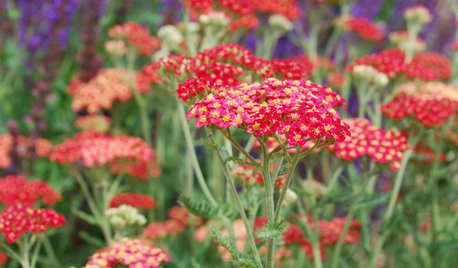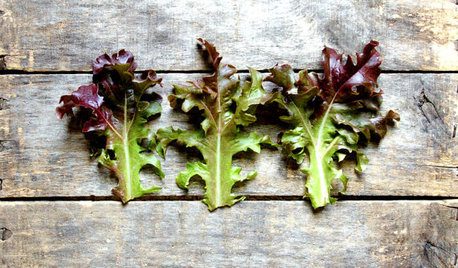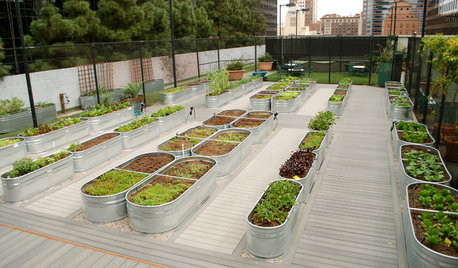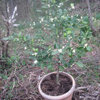Fruit or growth?
Michael AKA Leekle2ManE
11 years ago
Related Stories

GARDENING GUIDESGreat Design Plant: Grow Blueberries for Their Fruit and More
Eastern gardeners should consider growing blueberry plants for their delicious fruits, bee-friendly spring blooms and brilliant fall foliage
Full Story
FALL GARDENING5 Fall Fruits You Can Grow in Containers
Brighten your porch or patio with a potted pomegranate, kumquat, blueberry bush or another great fall fruit
Full Story
SUMMER GARDENINGHow to Grow Basil
Bright color, quick growth and endless uses for cooking make this summer annual a winner in the garden or a pot
Full Story
GARDENING GUIDESCalifornia Gardener: What to Do in July
Active green thumb or not, top priorities for peak fruit and veggie season: watering, feeding, keeping up with growth
Full Story
EDIBLE GARDENSHow to Grow Your Own Peaches and Nectarines
Make gardening a little sweeter with these juicy fruits, which you can eat after plucking or preserve for later
Full Story
LANDSCAPE DESIGNPretty Trees for Patios, Paths and Other Tight Spots
Choose trees for their size, shape and rate of growth — or shape them to fit your space. Here's how to get started
Full Story
GARDENING GUIDESTexas Gardener's February Checklist
Show roses some love around Valentine's Day and set the stage for future garden growth with seeds and starts
Full Story
PRODUCT PICKSGuest Picks: Get Your Green Thumb on With Gardening Gear
Go for growth with gardening tools and accessories that make yard or windowsill plantings a breeze
Full Story
EDIBLE GARDENSSummer Crops: How to Grow Squash
Almost foolproof and with cheerful flowers, squash comes in a wide range of varieties to plant in spring
Full Story
LANDSCAPE DESIGNRecipe for Modernist Edible Garden Style
Herbs, vegetables and fruit trees aren’t just for traditional gardens. Here’s how to design them into modernist landscapes
Full StoryMore Discussions







hoosierquilt USDA 10A Sunset 23 Vista CA
Michael AKA Leekle2ManEOriginal Author
Related Professionals
Allentown Landscape Architects & Landscape Designers · Arnold Landscape Architects & Landscape Designers · Lakeland Landscape Contractors · Pottstown Landscape Contractors · Canyon Lake Landscape Contractors · Eustis Landscape Contractors · Mission Viejo Landscape Contractors · Pacifica Landscape Contractors · Pompton Lakes Landscape Contractors · Vineyard Landscape Contractors · Waltham Landscape Contractors · West Allis Landscape Contractors · Northlake Landscape Contractors · Genesee Stone, Pavers & Concrete · Tysons Corner Stone, Pavers & ConcreteMichael AKA Leekle2ManEOriginal Author
hoosierquilt USDA 10A Sunset 23 Vista CA
Michael AKA Leekle2ManEOriginal Author
Michael AKA Leekle2ManEOriginal Author
citrange2
Michael AKA Leekle2ManEOriginal Author
Michael AKA Leekle2ManEOriginal Author